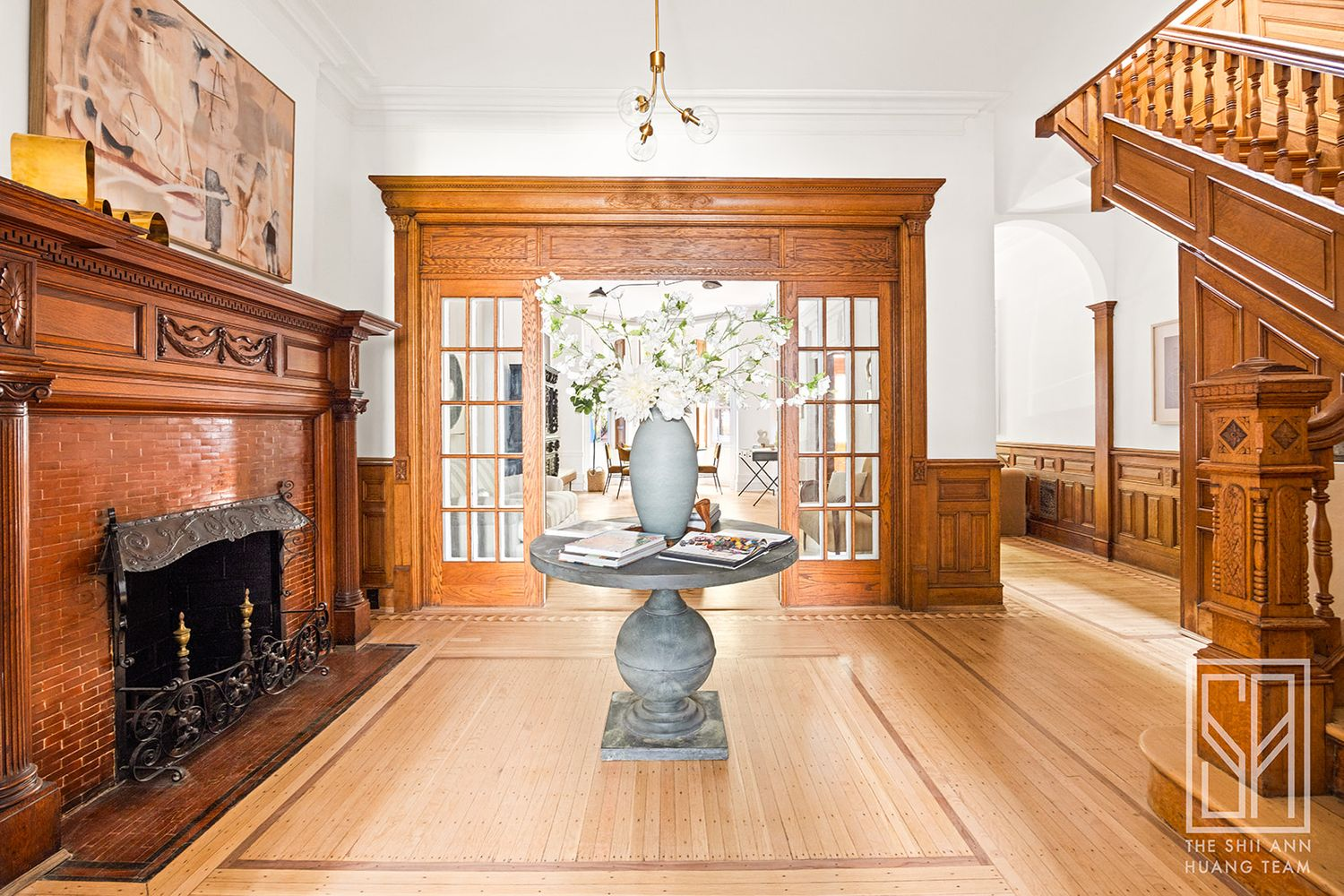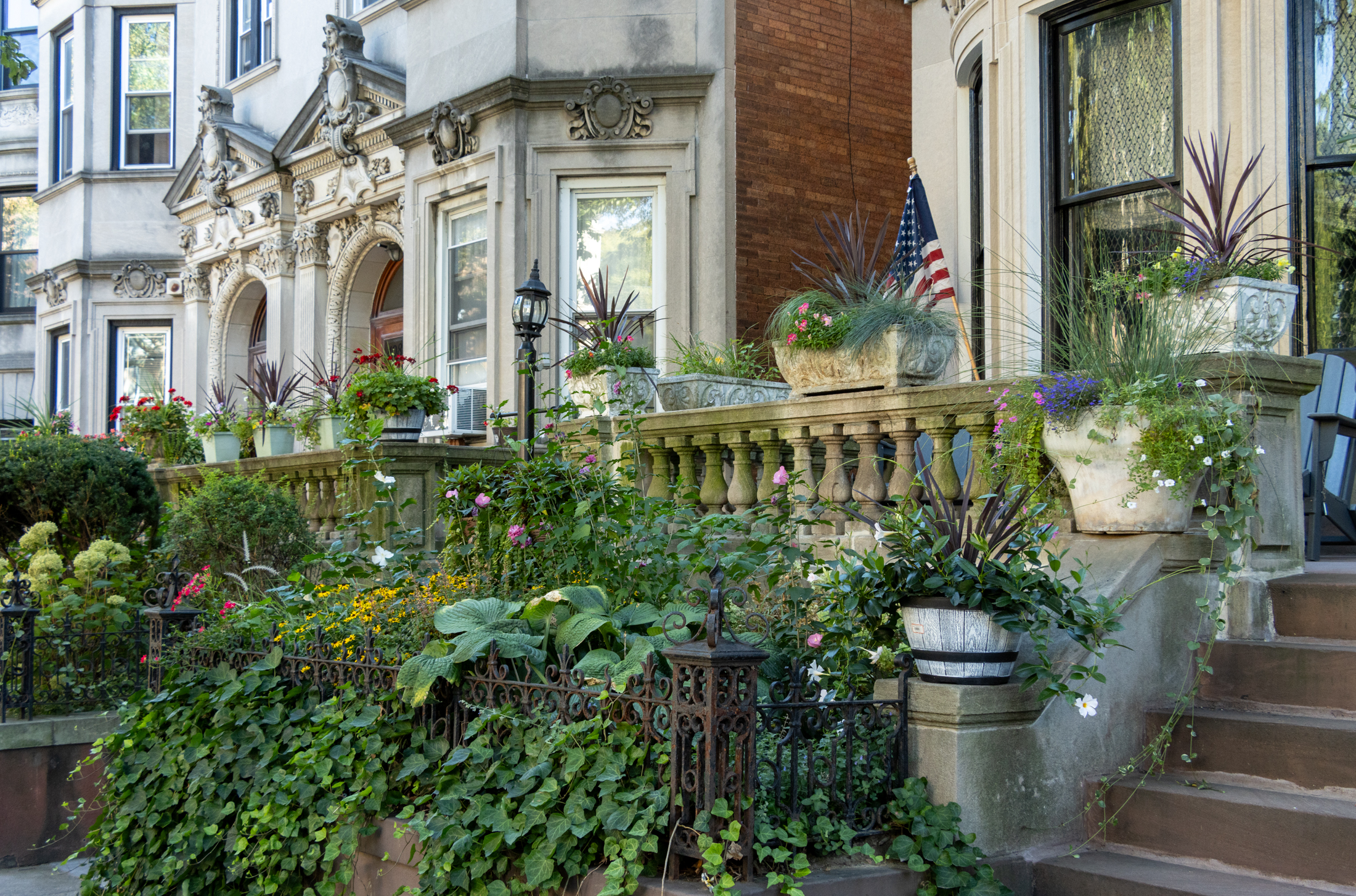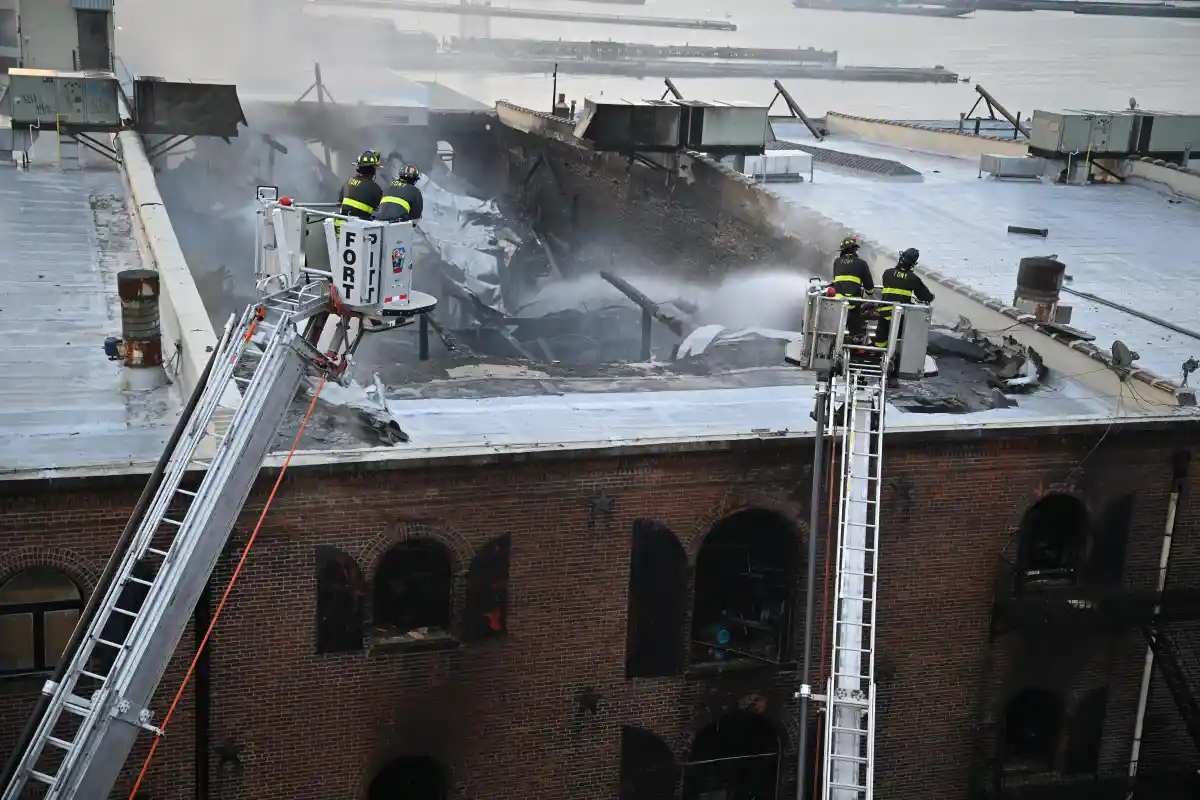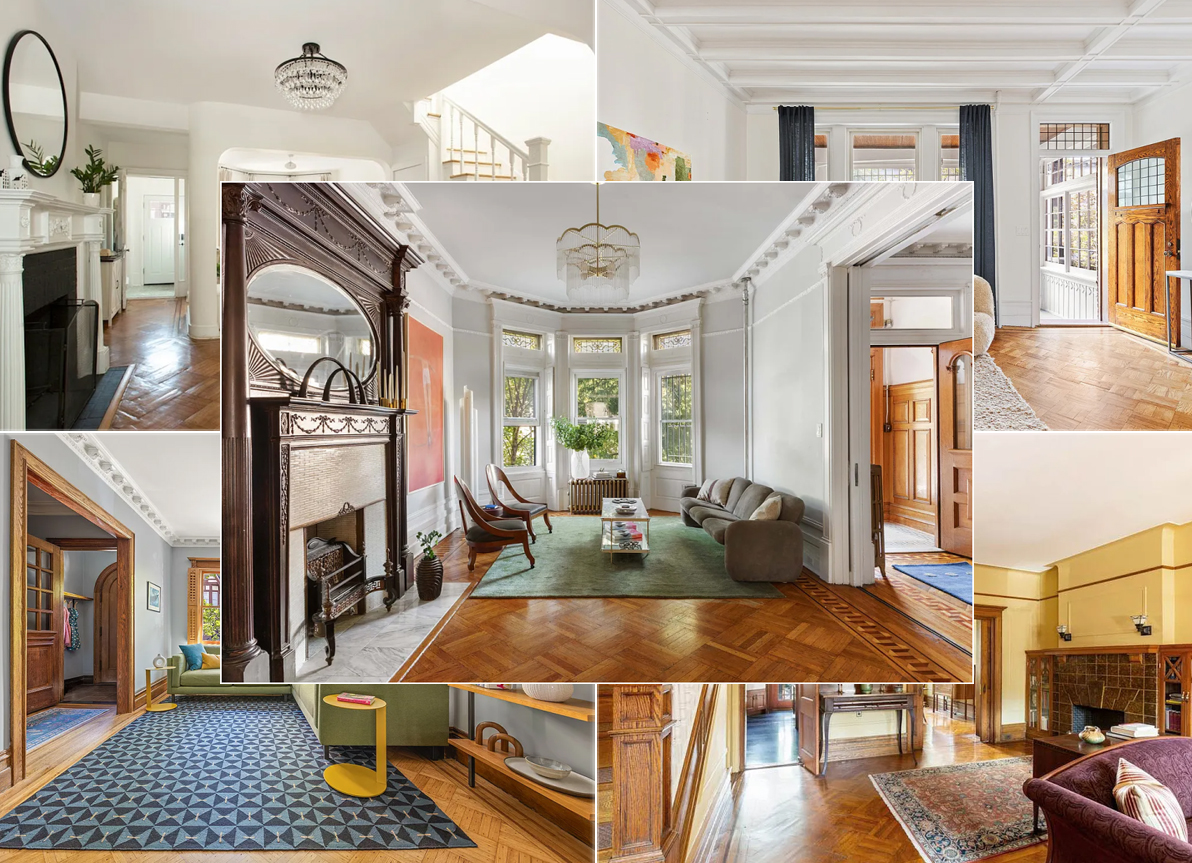Passive House Comes to Brooklyn Heights
[nggallery id=”53667″ template=galleryview] We were invited to tour an in-construction Passive House in Brooklyn Heights, a 1846 brownstone on Sydney Place that was badly remodeled in the 80s and is now receiving a gut renovation to accommodate to the most rigorous energy standard in the world. For details on what a Passive House is, you…
[nggallery id=”53667″ template=galleryview]
We were invited to tour an in-construction Passive House in Brooklyn Heights, a 1846 brownstone on Sydney Place that was badly remodeled in the 80s and is now receiving a gut renovation to accommodate to the most rigorous energy standard in the world. For details on what a Passive House is, you can visit this website or listen to this helpful NPR feature. We can tell you it is a house-wide energy system that uses an incredible amount of insulation and effective, insulated windows to create an airtight building. In this particular home, air source heat pumps bring fresh air into the house, filter the air, and then heat or cool the air which in turn heats or cools the house. (This is 80-90 percent more effective than a traditional heating or cooling system.) The contractor on the site, Sam McAfee, told us that the project is the first landmarked Passive House in the US, and the LPC has worked closely with them, especially with the windows. Through the winter, the home could maintaining 55 degrees without heat. Click through the photos to see how certain features in the home work in the system. Construction should be complete by this April.





Naturally, some fresh air must be brought in and stale air discharged -by fans I suppose. The more I understand it the creepier it seems. I mean a rowhouse like this is so green to begin with and beautifully integrated with its environment. This approach basically isolates the interiors from the environment. Good for germ-phobes I guess.
There are infact ordinary homeowners out there (grand army raises a hand) who simply want to understand energy savings methods better. So please back off with the “my passiv haus is bigger than yours” bs and try to contribute to a useful discussion! Thank you, mes enfants.
Okay, lets all step back and see this for what it is:
A MAJOR step in the right direction. These super efficient homes blow LEED out of the water in terms of actual environmental benefit. Thats not an insult to LEED – LEED is great, but Passive House is much, much better.
To Zarathustra:
The heat pump is not electric resistance heat – its a heat pump, and as such has a COP of 2 or 3.
Its an ideal source for a Passive House, because Passive Houses’ utilize constant Heat Recovery ventilation, and you you can put a tiny heat pump and essentially supply all heat and coolth through the ventilation (on the order of 250 to 500 cfm it is incredible to be able to supply the heat for a building in that little air).
Vanessa:
Vitriol aside – you’ve interpreted the statement about 55 degrees . These houses are super-insulated, and you can go weeks and even months without adding heat inputs and still be above 55 degrees. They obviously would need to start at 70 degrees, but it would take a VERY long time for them to lose that heat.
These buildings are essentially thermoses. A stand alone home in NYC might have wall R values of 50 or 60, and roof R values of 60 to 80. The slab r value would be between 20 and 40.
Coupled with an incredibly robust standard for air infiltration (thus the need for constant fresh air ventilation), the heating and cooling load on these homes are on the order of 10% of a traditional home.
tyburg, after the expense how much is saved? Hopefully it’s not a boondoggle like solar where without subsidies it doesn’t make sense(disclosure my brother has solar).
If anyone simply read the OP, they’d see that it’s heated with an air source heat pump. One of the main functions of these is to bring fresh air into a sealed house.
All “bitching” aside 🙂 HOW MUCH DOES IT COST???
tyburg, you’re not winning anyone over with your emotional and childish vitriol.
mtr- I think your question has been answered 🙁
MTR, I agree. You can be an architect and not be aware or fully conversant with some things off the top of your head.
Also, it can lead to an opening for discussion.
No need to jump on people so cruelly.